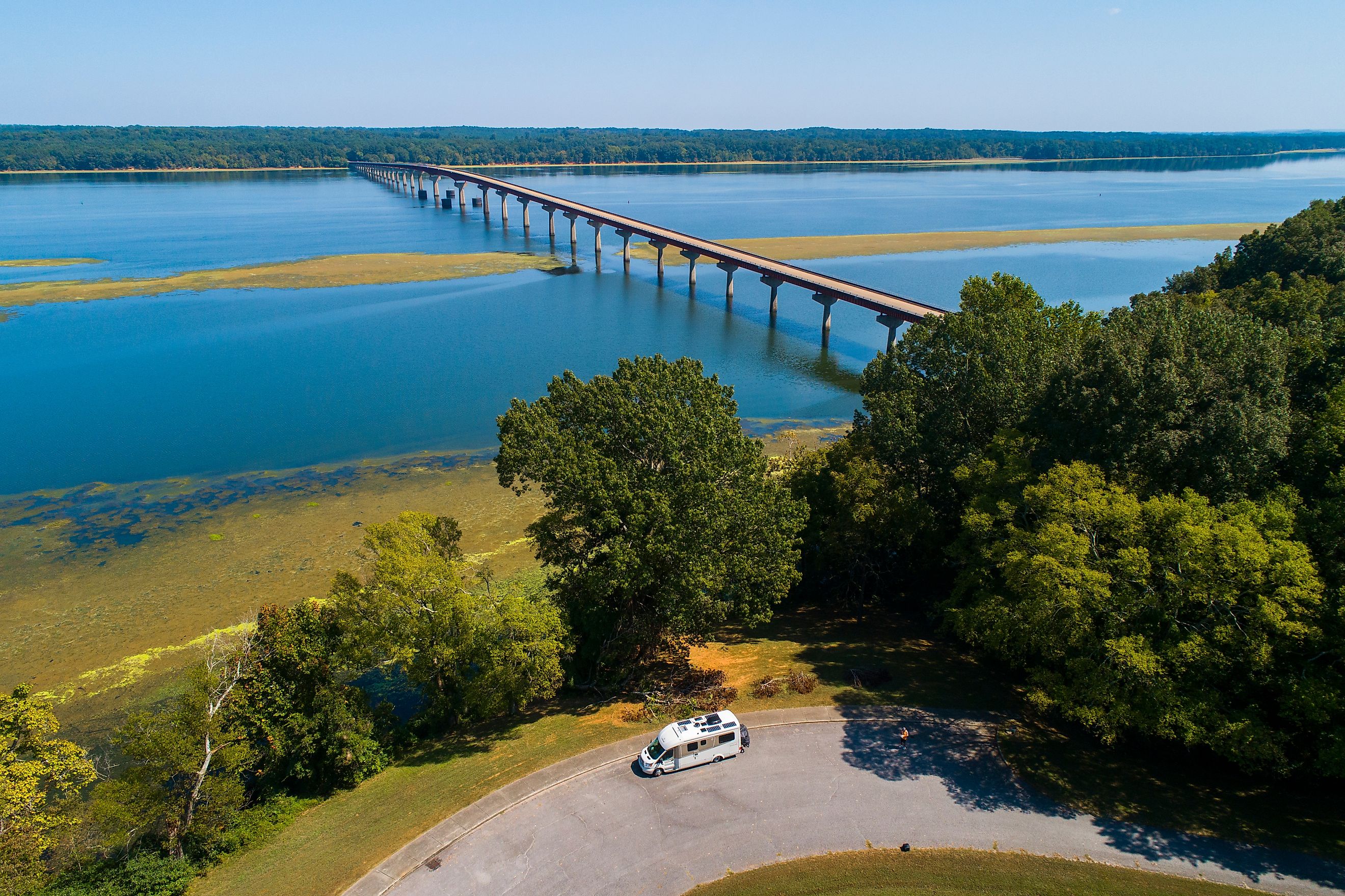
8 Most Scenic Drives In Mississippi
A Deep South state that is deep in nature and culture, Mississippi has some of the most scenic sites in America. Many are conveniently located alongside roadways, which, because of their scenic significance, are not regular roadways. Rather, they have been designated as "scenic byways": direct paths to Mississippi marvels ranging from backwoods churches to futuristic rockets to coastal retreats. Although "most scenic" is subjective, the following routes and their roadside attractions cross the spectrum of Mississippi scenery.
Noxubee Hills Route Scenic Byway
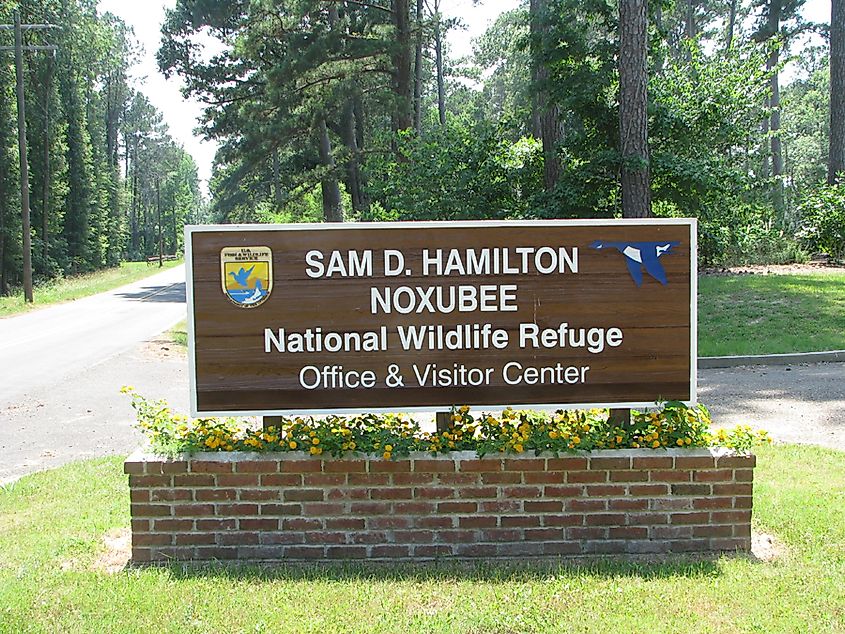
Located in Mississippi's rolling woodlands region, the Noxubee Hills Route Scenic Byway runs for 43 majestic miles from south of Ackerman to central Brooksville. It passes through the Tombigbee National Forest, where motorists can switch to hiking and biking, and then cuts across the Sam D. Hamilton Noxubee National Wildlife Refuge, which offers prime fishing and birding. Moreover, the byway skirts a bevy of backwoods churches for Baptists, Lutherans, and even Mennonites. Motorists can worship such religious relics before worshipping the Ole Country Bakery, which provides slices of pies and culture at the route's Brooksville terminus.
Gateway To History Scenic Byway
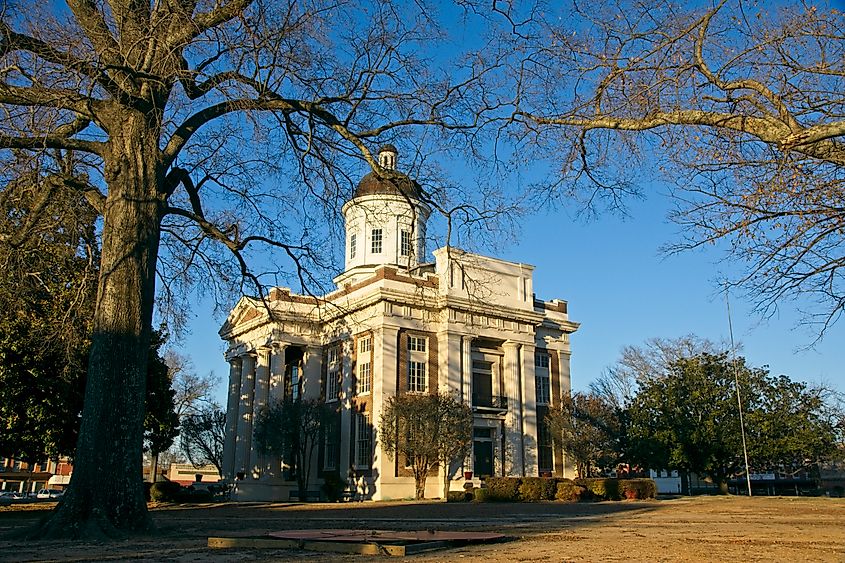
As its name suggests, the Gateway to History Scenic Byway ushers motorists into historic Mississippi. It runs for 32.8 miles between the historic communities of Madison, Flora, and Canton, as well as the historic Natchez Trace Parkway (which we'll get to later). Drivers will thus pass gorgeous greenery and stately heritage buildings, namely in downtown districts. Central Canton features the former Canton Courthouse, which was built in the 1850s with a unique Greek Revival dome. Also lining the Gateway to History Scenic Byway is Livingston, an unincorporated community that was the original seat of Madison County. Largely abandoned, Livingston has undergone remodeling along historic lines. Visitors can now tour a collection of 1800s-style haunts. But the area's most historic site sits just off the byway near Flora. It's called the Mississippi Petrified Forest and it displays a 36-million-year-old log jam as one of just two petrified preserves in the eastern US.
Beach Boulevard Scenic Byway
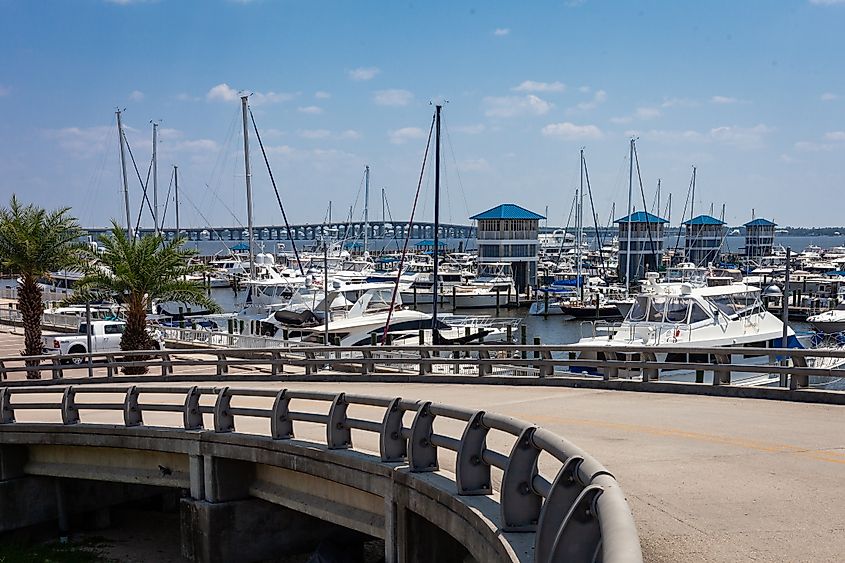
It's easy to forget that Mississippi is a coastal state. Helping to curb such forgetfulness is the Beach Boulevard Scenic Byway, which runs for 13 miles along Mississippi's coast. Located entirely in Hancock County, it begins in the coastal city of Bay St. Louis, continues to the smaller coastal city of Waveland, cuts through coastal Buccaneer State Park, and ends in the historic fishing village of Bayou Cadet (now part of the Lakeshore community). Specific seakissed sites include the Washington Street Launch & Pier in Bay St. Louis, Waveland Beach in Waveland, and the Buccaneer Bay Water Park in Buccaneer State Park.
Byways To Space Scenic Byway
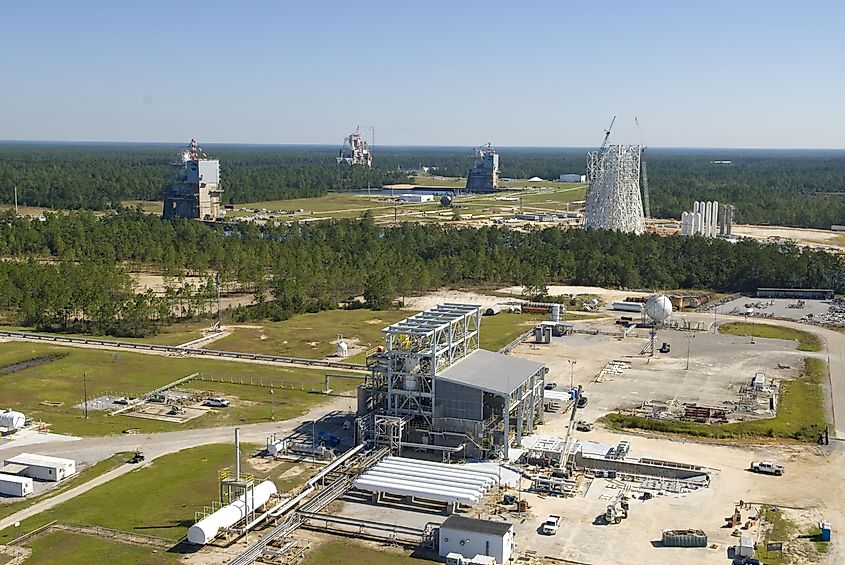
Not all Mississippi sites are terrestrial. Case in point: those seen along the Byways to Space Scenic Byway, which winds around the John C. Stennis Space Center for more than 30 miles. Besides the community of Pearlington, the route spans barren woodlands and wetlands within Stennis' 125,000ish-acre buffer zone, which is a barrier between rocket-powered sound waves and sensitive locals. Since Stennis is primarily a testing facility rather than a launch facility, drivers are more likely to hear and see rocket engines instead of rockets themselves. Still, you can crane your neck at a 12,000-foot restricted airspace for propulsion operations. The Byways to Space Scenic Byway connects six individual byways, many of which honor now-defunct towns subsumed by Stennis. They are the NASA Scenic Byway to Space, Pearlington Scenic Byway to Space, Westonia Scenic Byway to Space, Logtown Scenic Byway to Space, Napoleon Scenic Byway to Space, and Santa Rosa Scenic Byway to Space.
William Faulkner Scenic Byway
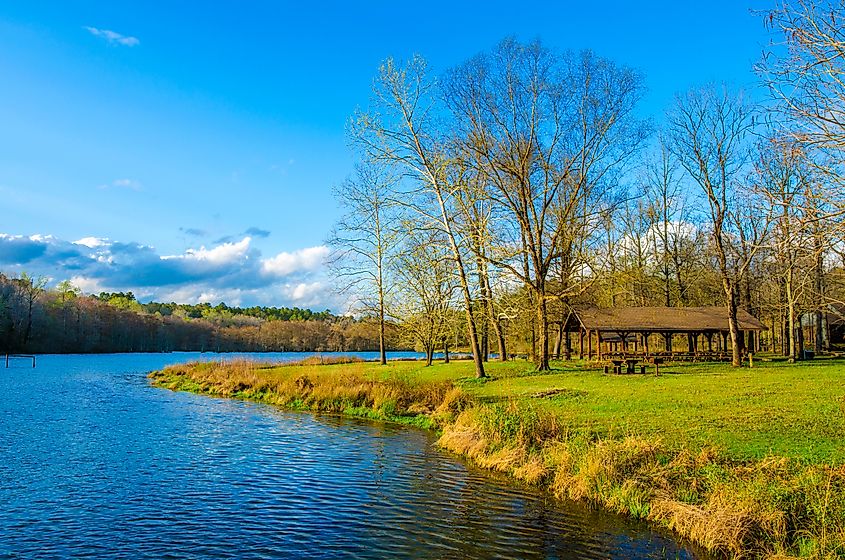
Named for the iconic writer born in this neck of the Mississippi woods, the William Faulkner Scenic Byway runs from the vicinity of New Albany to the vicinity of Oxford through the Holly Springs National Forest. Drivers can see Faulkner's birthsite in New Albany, his gravesite and alma mater in Oxford, and his former farm deep in Holly Springs. Even if Faulkner means little, the William Faulkner Scenic Byway means much if you are an outdoor enthusiast. Along its 15-plus miles are access points for hiking, camping, picnicking, fishing, and boating. Puskus Lake is a Faulknerless oasis.
Gulf Coast Scenic Byway
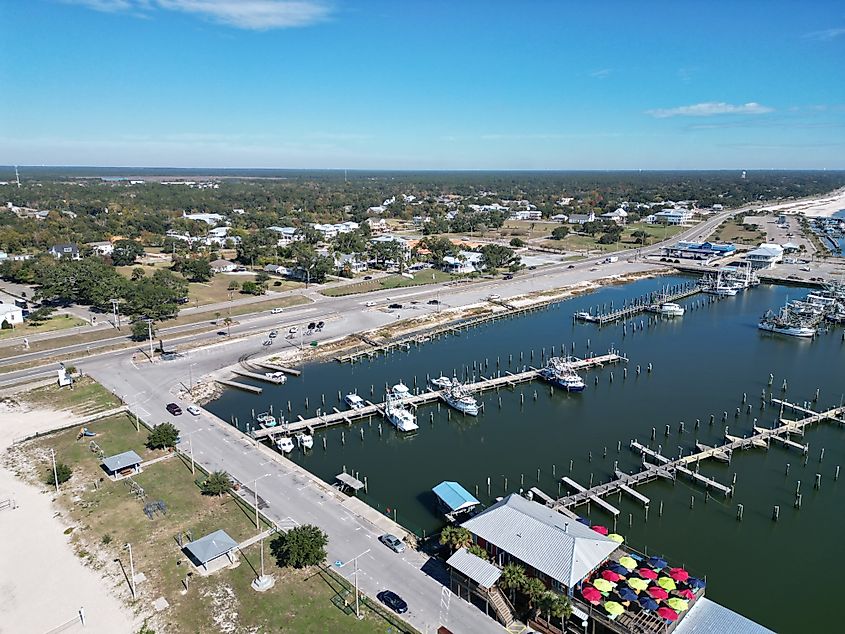
The Gulf Coast Scenic Byway covers what the Beach Boulevard Scenic Byway misses. It starts on the bridge between Bay St. Louis and Pass Christian, meanders east through Long Beach and Gulfport, and finishes near Biloxi. All scenic, seaside communities offer awesome ocean views and relaxing retreats, notably The Inn at Long Beach and the Mississippi Aquarium in Gulfport. Some parts of the byway are not just scenic and serene but historic. One's so historic, in fact, that it's listed on the National Register of Historic Places as the Scenic Drive Historic District. Motorists have no shortage of stops along those 18 miles.
Great River Road
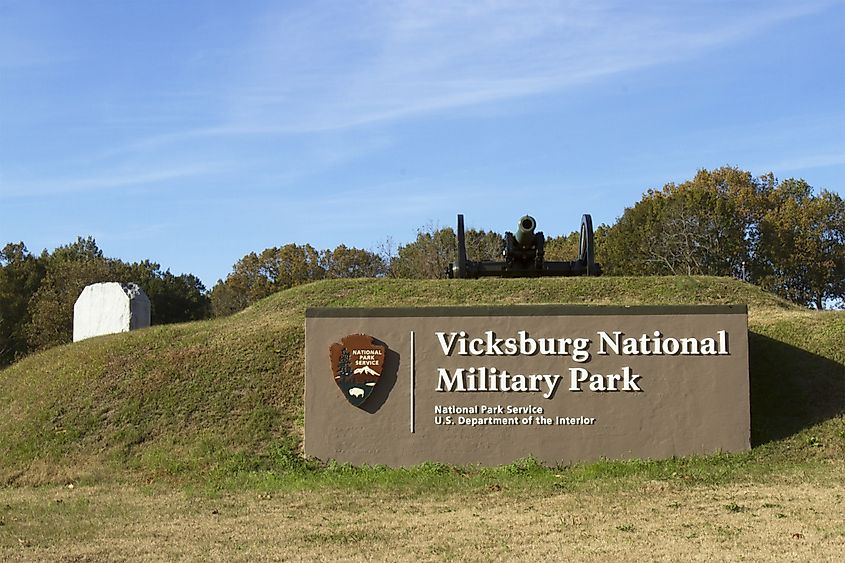
The Great River Road is a 3,000ish-mile (other sources say ~2,000) route that follows the Mississippi River through Minnesota, Wisconsin, Iowa, Illinois, Missouri, Kentucky, Tennessee, Arkansas, Mississippi, and Louisiana. In Mississippi, the road runs for 382 miles (other sources say ~275) and is designated a National Scenic Byway. Among the riverside settlements it crosses are Clarksdale, Vicksburg, and Natchez—the first being a Delta hub with cultural touchstones like the Delta Blues Museum; the second a Civil War icon with such sites as the Vicksburg National Military Park; and the third an Antebellum throwback filled with massive estates like Longwood. Many miles separate those three Great River cities, so you can find other great sites in between.
Natchez Trace Parkway
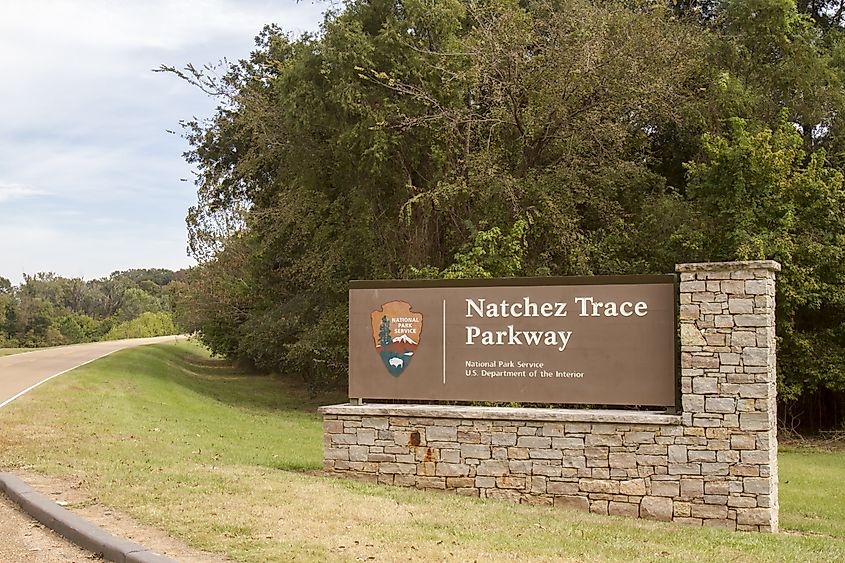
The Natchez Trace Parkway runs through Tennessee, Alabama, and Mississippi along the Old Natchez Trace, which is described by the National Park Service as a "historic travel corridor used by American Indians, 'Kaintucks,' European settlers, slave traders, soldiers, and future presidents." Modern travelers can trace the Trace for ~312 miles across Mississippi, stopping at scenic, historic sites like the Tupelo National Battlefield in Tupelo and the Mount Locust Historic House near the parkway's terminus in Natchez. The Natchez Trace Parkway is paralleled by a National Scenic Trail, so you can stretch your legs as needed.
Instead of highways meant to take you quickly from one destination to another, Mississippi's scenic routes are the destinations. Sure, they have plenty of specific sites, but getting to each is part of the charm. Whether it's on the Noxubee Hills Route Scenic Byway or Beach Boulevard Scenic Byway or Natchez Trace Parkway, take the long ways 'round to see the state of Mississippi in a state of scenic deliberation.











